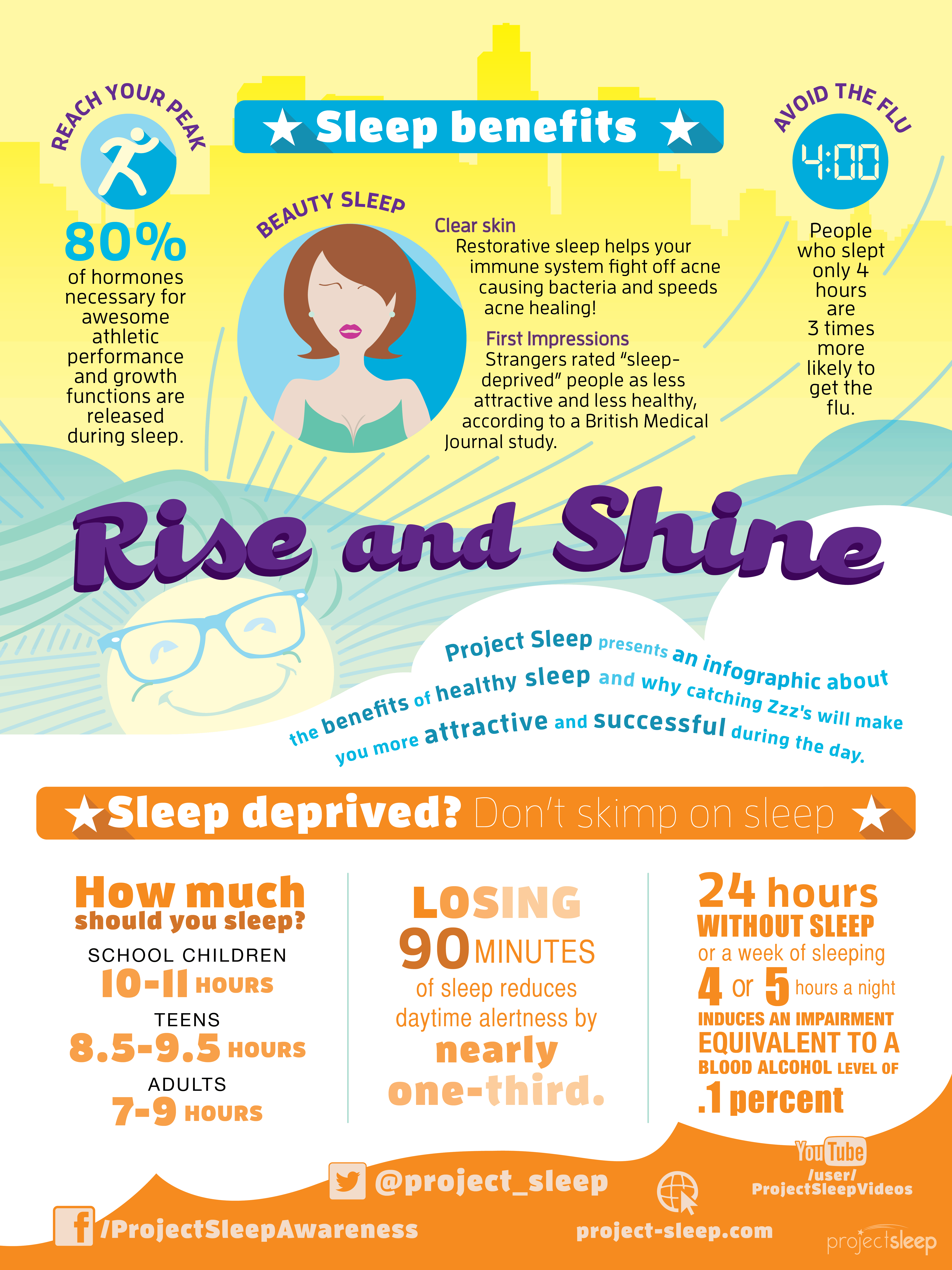Stomach Hernia Discomfort Signs After Taking In Food: Reasons Behind It And Monitoring Methods

Material Composed By-Hatcher Harris
If you've experienced abdominal hernia pain after consuming, you're not alone. This discomfort usually occurs from the stress on a weakened area of your abdominal wall surface throughout food digestion. You might see sharp or hurting discomfort, bloating, and even a visible lump. Yet what can Groin Hernia Pain After Surgery do to take care of these signs? Understanding the link between hernias and post-meal discomfort is the first step towards locating alleviation. Let's explore this even more.
Recognizing the Web Link In Between Hernias and Post-Meal Discomfort
When you eat, your body goes through a complicated procedure of digestion that can occasionally activate discomfort if you have a hernia. This happens because a hernia happens when a body organ or tissue protrudes with a vulnerable point in the stomach wall.
As food relocations via your digestive system, it may tax this weakened location. You could feel pain or pain, particularly after taking in larger dishes or particular foods that create bloating.
Furthermore, the activity of your intestinal tracts during digestion can worsen the hernia, leading to extra intense feelings. Understanding this link is crucial, as it aids you determine potential triggers and make nutritional modifications to handle discomfort efficiently.
Keeping an eye on what you consume can provide important insights.
Common Signs of hernia Pain After Eating
If you have a hernia, you might notice particular symptoms after eating that signal pain. Commonly, you might experience sharp or hurting pain in your abdomen, particularly around the hernia site. This pain can increase after dishes, specifically if you've consumed a big section or heavy foods.
Bloating and gas are likewise constant complaints, making you really feel uncomfortably complete. You could even see a visible bulge in your abdominal areas that becomes a lot more noticable post-eating.
Nausea and periodic vomiting can occur, specifically if the hernia is triggering a blockage. If you find yourself experiencing these symptoms continually after meals, it's vital to speak with a healthcare specialist for correct examination and guidance.
Approaches for Managing hernia Discomfort After Dishes
To manage hernia pain after dishes efficiently, take into consideration making some nutritional and lifestyle modifications.
Start by eating smaller, extra regular meals as opposed to large parts, which can reduce pressure on your abdomen. Focus on low-fat, high-fiber foods to reduce digestion. Stay clear of spicy, acidic, or fried foods that may trigger pain.
Furthermore, keep a healthy weight to decrease pressure on your stomach wall.
After consuming, attempt to stay upright for at the very least two hours to help food digestion; this can aid protect against discomfort. Mild tasks like strolling can also advertise digestion, but stay clear of intense workout instantly after meals.
Remaining hydrated is important-- beverage plenty of water throughout the day to sustain gastrointestinal health and general wellness.
Final thought
In conclusion, if you're experiencing abdominal hernia discomfort after consuming, it's vital to recognize the connection between your diet and your signs and symptoms. By adopting Hernia Kidney Pain , extra frequent dishes and preventing trigger foods, you can dramatically minimize discomfort. Remaining upright and interesting in light activity post-meal can additionally assist. Don't be reluctant to get in touch with a health care expert if your symptoms continue. Taking these steps can boost your comfort and enhance your general health.

